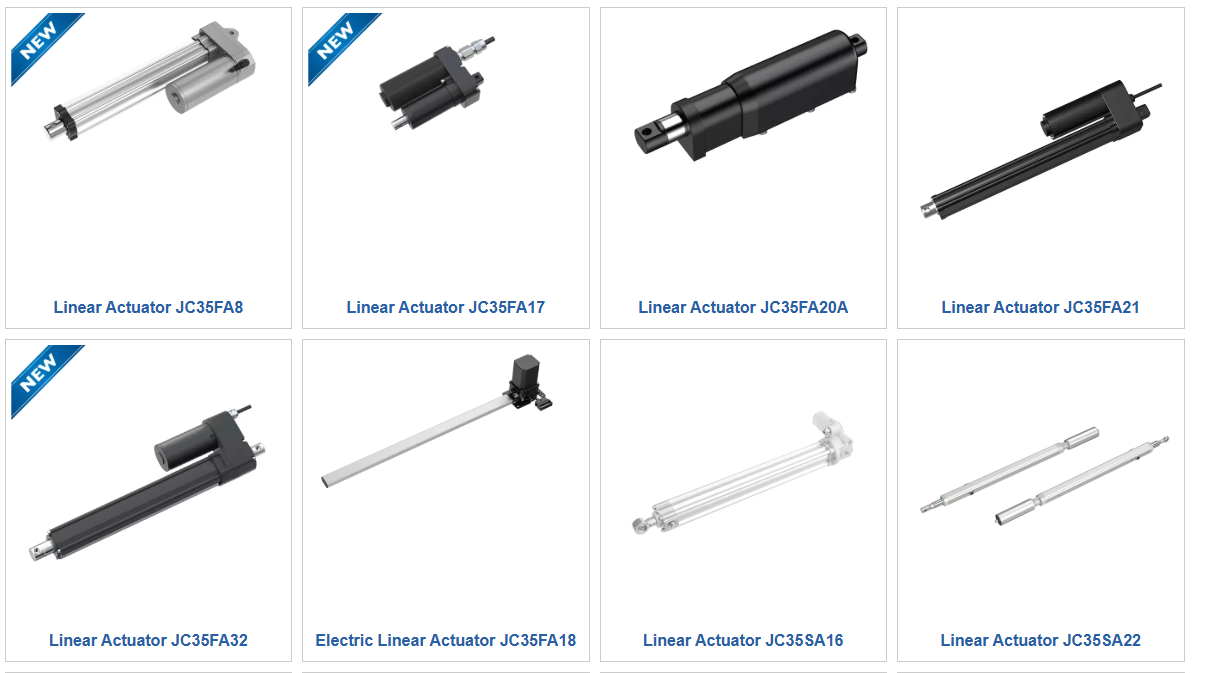Embroidery has always been a timeless art form, but in today’s fast-paced digital era, it has evolved beyond hand-stitched techniques. At the center of this evolution lies digitizing for embroidery the process that bridges creative design and precise machine stitching. Whether you’re an apparel brand, a small embroidery business, or a hobbyist, understanding embroidery digitizing is crucial to producing professional, high-quality results.
In this detailed guide, we’ll break down what embroidery digitizing is, how it works, and why it matters in today’s fashion and textile industries.
1. Understanding Digitizing for Embroidery
Digitizing for embroidery is the process of converting artwork, such as logos, illustrations, or text, into a digital stitch file that an embroidery machine can read. Unlike a simple image file (JPG, PNG, etc.), embroidery machines require specific instructions on how to place stitches, what stitch type to use, and in what sequence.
A digitized file tells the machine:
- Where each stitch should be placed
- The stitch type (satin, fill, running stitch, etc.)
- Thread colors and sequence
- Stitch density and direction
Without digitizing, even the most beautiful design cannot be embroidered correctly.
2. How Digitizing for Embroidery Works
The digitizing process involves specialized embroidery software that transforms flat images into stitch-ready instructions. Here’s a simplified step-by-step breakdown:
Step 1: Artwork Preparation
The process starts with clean, high-resolution artwork. A blurry or low-quality image will make digitizing harder and may result in poor stitch quality.
Step 2: Importing into Digitizing Software
The design is imported into embroidery software such as Wilcom, Hatch, or Brother PE-Design. These tools allow digitizers to map out each stitch.
Step 3: Assigning Stitch Types
Different areas of the design require different stitches:
- Satin stitch for outlines and text
- Fill stitch for large areas
- Running stitch for fine details
Step 4: Setting Stitch Directions and Density
Proper stitch direction ensures smooth texture and prevents puckering. Density adjustments determine how closely stitches are placed.
Step 5: Sequencing and Color Management
The digitizer sets the stitching order and color changes to minimize thread trims and optimize machine efficiency.
Step 6: Saving in Machine Format
Finally, the file is saved in a specific embroidery format (like .DST, .PES, .EXP, or .JEF) depending on the machine type.
3. Why Digitizing for Embroidery Matters
Digitizing is not just a technical step – it’s the heart of modern embroidery production. Here’s why it’s essential:
1. Precision in Design Execution
Without accurate digitizing, stitches can be misplaced, leading to distorted or unrecognizable designs.
2. Machine Compatibility
Different embroidery machines require different file formats. Proper digitizing ensures the file runs smoothly without errors.
3. Better Quality Output
A professionally digitized file produces crisp, clean, and durable embroidery that looks polished and consistent.
4. Cost Efficiency
Good digitizing reduces wasted thread, prevents machine breakdowns, and minimizes rework.
5. Creative Freedom
It enables designers to bring even the most complex ideas to life, from gradients to intricate textures.
4. Common Challenges in Digitizing for Embroidery
Even experienced digitizers face challenges that can affect the final result. Some common issues include:
- Small text or fine details becoming unreadable in stitches
- Fabric distortion if density and tension aren’t adjusted
- Thread breaks caused by incorrect stitch paths
- Color mismatches if the wrong thread chart is used
A skilled digitizer anticipates these issues and adjusts the file accordingly.
5. Professional vs. DIY Digitizing – Which Is Better?
With the availability of digitizing software, many people consider doing it themselves. However, digitizing requires both technical skill and artistic judgment.
DIY Digitizing Pros:
- Full control over design adjustments
- No outsourcing costs
DIY Digitizing Cons:
- Steep learning curve
- Risk of poor quality if not done correctly
- Time-consuming
Professional Digitizing Pros:
- High-quality, machine-ready files
- Faster turnaround
- Optimized for fabric type and machine settings
For businesses that prioritize consistent quality, professional digitizing services are often the best choice.
6. Industries That Rely on Embroidery Digitizing
Digitizing for embroidery is not limited to fashion brands. It’s widely used in:
- Corporate branding – Logos on uniforms, caps, and promotional items
- Sportswear – Team jerseys, caps, and jackets
- Fashion – Custom patterns, monograms, and designer pieces
- Events & Gifts – Personalized towels, bags, and keepsakes
- Military & Law Enforcement – Patches and badges
7. How to Ensure High-Quality Digitizing for Embroidery
If you’re outsourcing digitizing, here’s what to look for in a service provider:
- Portfolio Quality – Check their past work.
- Experience – Years in the industry often means better problem-solving.
- Turnaround Time – Fast but without sacrificing quality.
- Customer Support – Willingness to make file adjustments if needed.
8. Future of Embroidery Digitizing
Technology is making digitizing faster and more precise. AI-powered digitizing software is emerging, offering automated stitch mapping. However, human expertise is still crucial for handling creative and complex designs.
Conclusion
Digitizing for embroidery is the backbone of professional embroidery production. Without it, even the most advanced machines cannot bring a design to life. Whether you choose to learn it yourself or hire professionals, high-quality digitizing ensures your embroidered designs are precise, durable, and visually appealing.
For businesses, investing in proper digitizing isn’t just a technical necessity – it’s a step toward brand consistency and product excellence.
FAQs
Q1: Can I use any image for embroidery digitizing?
Not all images are embroidery-friendly. High-resolution vector designs work best.
Q2: How long does it take to digitize a design?
Simple designs can be digitized in under an hour, while complex ones may take several hours.
Q3: Do all embroidery machines use the same file format?
No. Each machine brand may require a specific format like .DST, .PES, or .JEF.
Q4: Can digitizing fix a poorly designed logo?
Digitizing can enhance clarity but won’t completely fix low-quality artwork.



